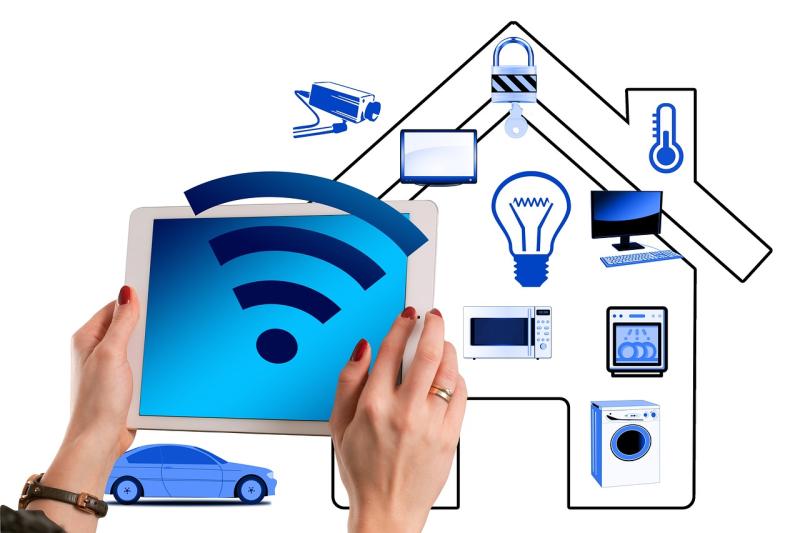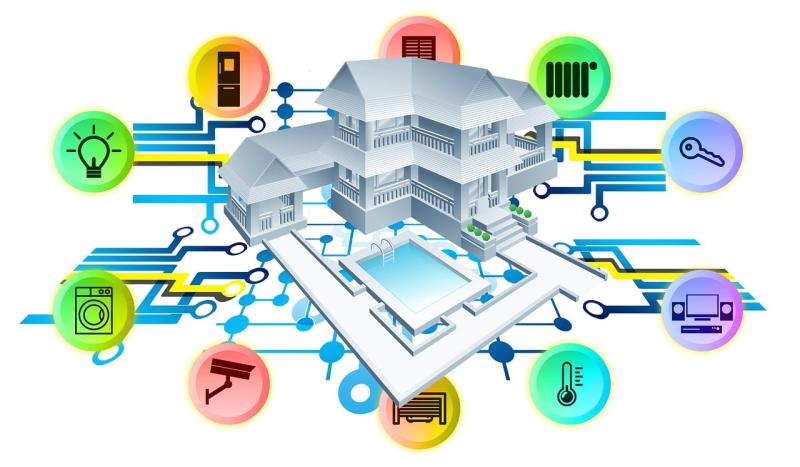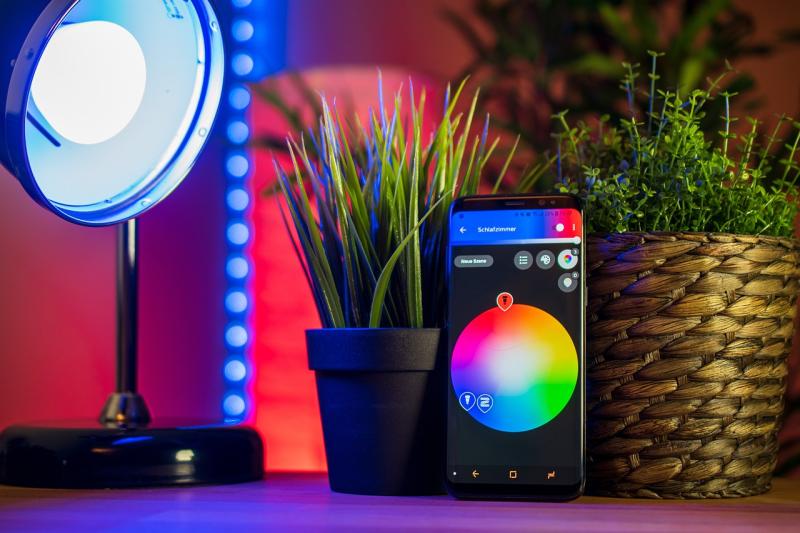WiFi home automation devices are super popular for a reason. They let you control everything from lights to security cameras without running wires everywhere. Just connect them to your home’s WiFi network, and you’re off! This means you can control your gadgets using your smartphone or voice commands, making life a bit easier.
One of the coolest things about WiFi gadgets is their versatility. You can add devices one at a time, which is great if you're starting small or on a budget. Plus, most devices come with apps that are user-friendly, so you can manage your whole system without feeling overwhelmed. Just think about turning off all the lights from your couch or checking your home security while you’re out and about!
However, WiFi home automation devices do rely on a good internet connection. If your WiFi signal is weak or goes down, you might have trouble controlling your devices. That’s something to consider if you're in an area with spotty internet. Investing in a good router or a WiFi extender can really help keep everything connected and running smoothly.
Another thing to note is that these devices often get firmware updates to improve performance or add features. This is great because it means your devices won’t be outdated after a few months. Just remember to keep an eye on updates and install them when needed. Overall, if you want flexibility and convenience in your home automation setup, WiFi devices are a solid choice.
Exploring Wired Home Automation Solutions
Wired home automation solutions can be a solid choice for those looking for reliability. With wired systems, you connect devices directly to your home’s electrical wiring or Ethernet. This means you get a stable and consistent connection without worrying about Wi-Fi interference or dead spots.
One of the biggest perks of going wired is speed. Since these devices connect directly, they often respond much quicker than their Wi-Fi counterparts. If you're using things like security cameras or your home theater system, this speed can make a huge difference in performance.
Installation may seem intimidating at first, but it can actually work in your favor. A wired system usually requires more setup upfront, but once it’s in place, it tends to need less maintenance. You won’t need to update firmware or worry about network congestion. Just plug it in, and you’re good to go!
Another plus is enhanced security. Wired systems are generally tougher for hackers to access compared to wireless options. If keeping your home safe is a top concern, a wired solution can give you peace of mind.
If you’re worried about aesthetics, these systems can be discreet. You can easily hide cables within walls or baseboards, keeping your space clean and tidy. So, if you’re aiming for a sleek look, a wired setup can totally deliver without compromising style.
Comparing Performance of Wifi and Wired
When it comes to home automation devices, choosing between WiFi and wired connections often feels like one of those classic debates. On one hand, WiFi is super convenient. You can place your devices almost anywhere without being tethered to a wall. If you want to control your smart lights or security cameras from the couch or your phone, WiFi handles that beautifully.
But let’s talk about performance. Wired connections tend to be rock solid. If your devices are connected via Ethernet, you're looking at lower latency and faster speeds. This means less lag when you're controlling devices, which is a big deal for things like security systems or streaming video to smart displays. So, if you’re serious about performance, wired might be the way to go.
WiFi can sometimes throw a wrench in your plans. Things like walls, interference from other devices, and distance can lead to dropped connections or slow speeds. If your home has tricky spots where the WiFi signal doesn’t reach well, those smart devices might not work as reliably. You could end up with smart bulbs that don’t listen to your commands or cameras that lag when you’re trying to check in.
On the flip side, setting up a wired system usually means running cables through your home, which isn't always the easiest task. If you’re okay with a little extra work upfront for better performance down the line, wired can be worth it. But if you want an easy installation and flexibility to move things around, WiFi definitely wins. Think about what’s most important for your setup, and you'll find the right path forward.
Choosing the Right Option for You
When it comes to choosing between WiFi and wired home automation devices, it really boils down to your needs and setup. If you’re living in a smaller space or just getting started with automation, WiFi devices might be the way to go. They’re easy to install, and you can move them around without needing to worry about wiring. Just plug them in, connect to your network, and you’re good to go!
On the flip side, if your home is larger or has a lot of walls, wired devices can provide a more stable connection. They typically don’t suffer from interference like WiFi can, especially if you have a lot of devices fighting for bandwidth. Plus, once they’re installed, you don't have to think about them—they just work.
Consider your lifestyle, too. If you travel a lot or want to control things from anywhere, WiFi devices are often a perfect fit. They let you check in on your home and make adjustments right from your phone. Wired devices might suit those who prefer reliability over remote access. Knowing your home is secure and automated no matter where you are can bring peace of mind.
Ultimately, both options have their perks. It’s all about what works best for your home and how you plan to use the devices. Take some time to assess your needs, budget, and space before making a choice. You’ll find the perfect match for your home in no time!



